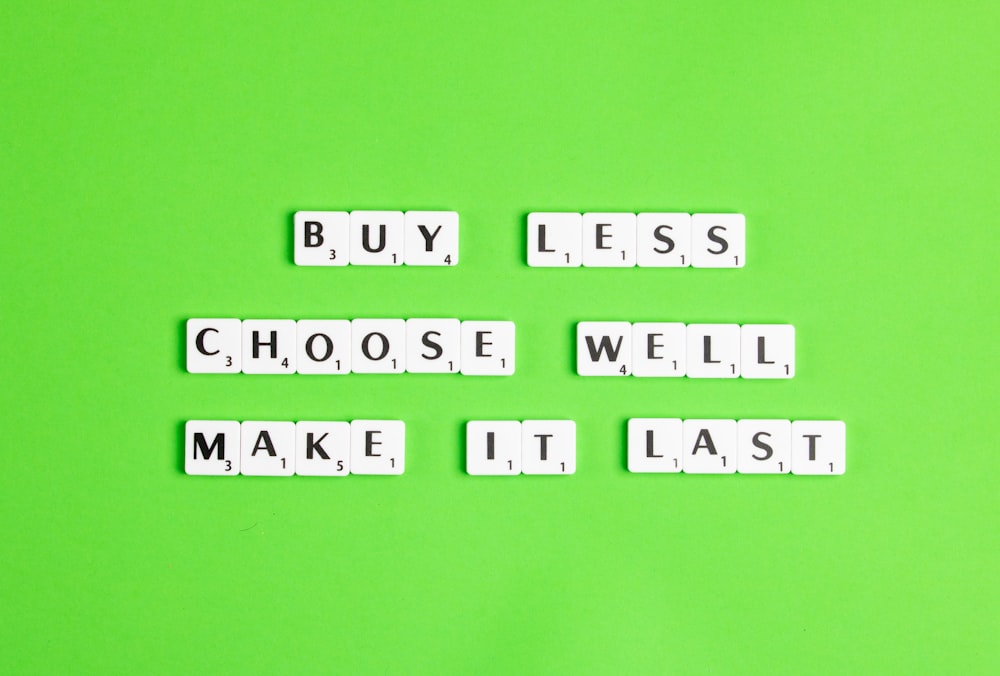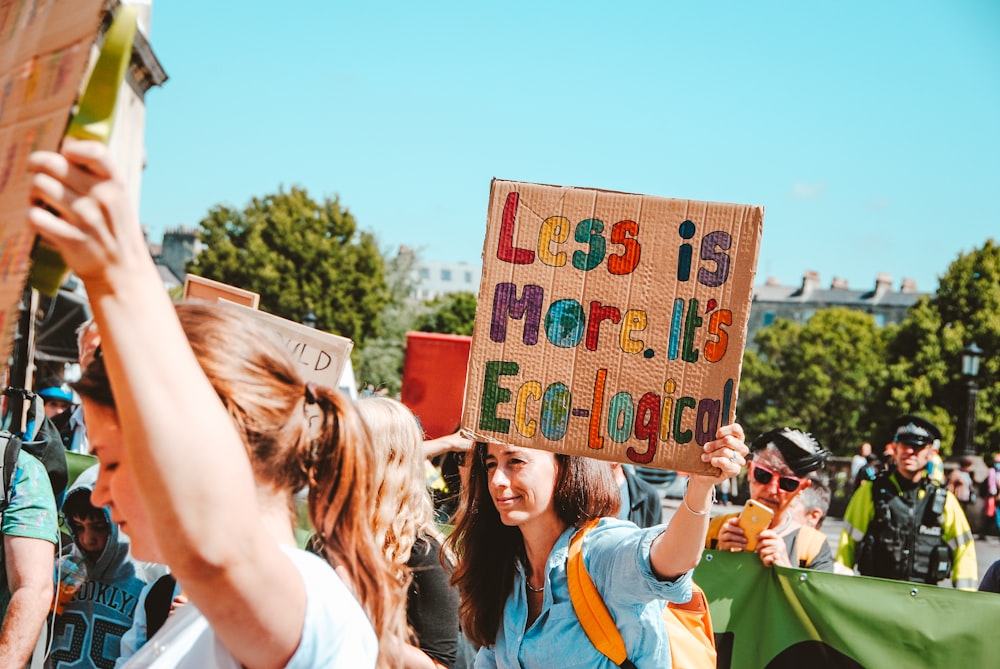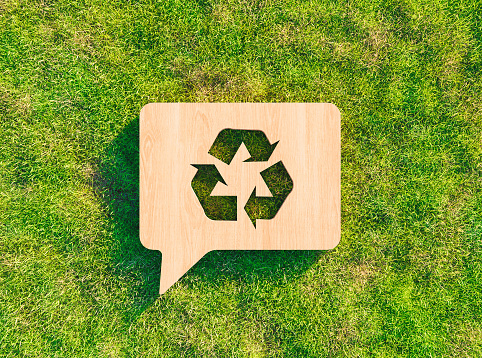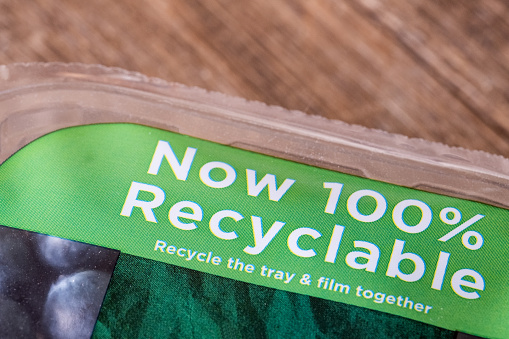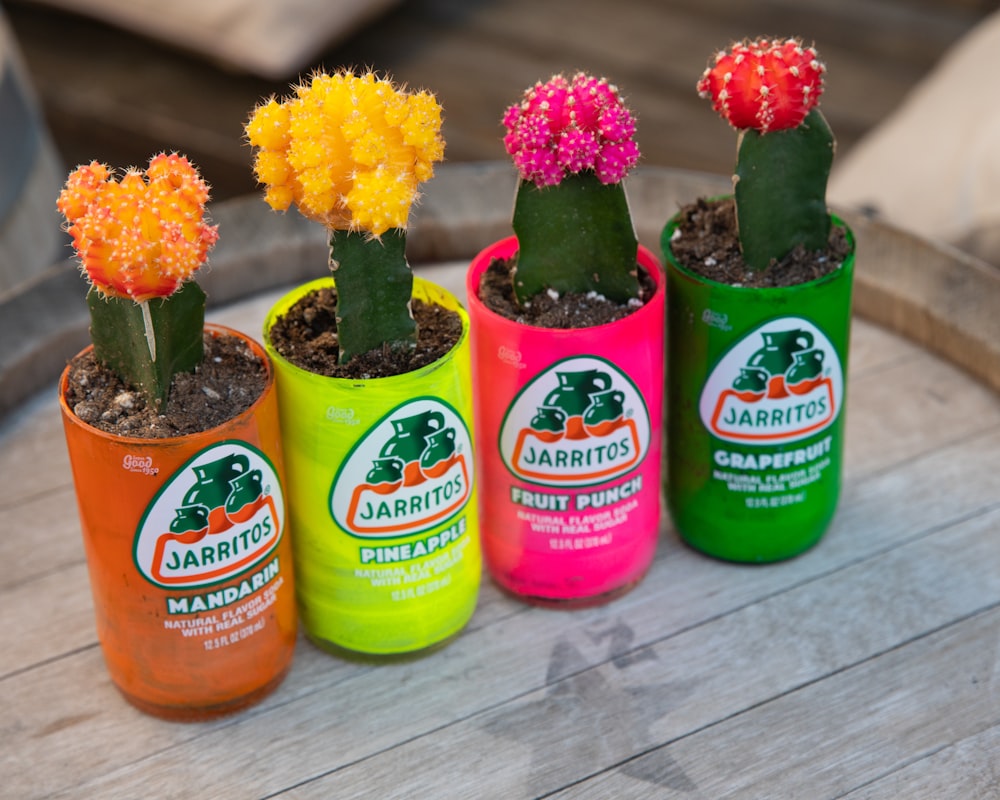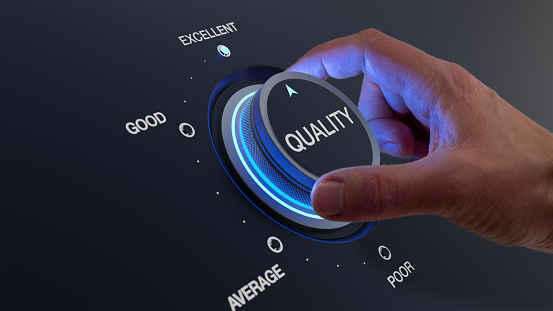Sustainability on a budget
Usually, sustainable lifestyles are associated with a higher cost of living. A study of 913 American and Australians had shown that 83% considered the high prices of eco-friendly products to be a barrier to living a ‘greener’ lifestyle. Often products branded as ‘green’ and ‘sustainable’ tend to be priced higher in the market, and not everyone has the same opportunities for leading a sustainable lifestyle due to inequalities in society, though sustainable living is still possible.
Making conscious lifestyle and consumption decisions, while understanding the impacts of our purchases requires time, effort, and research. Fortunately, some minor changes in our consumption in the form of simple practices to live more sustainably may inherently be saving us a little money.
The commonly known practices of sustainable living are the three R’s – reduce, reuse, recycle. Reduce, reuse, recycle focus on the minimizing and managing of waste, though applying this process to a sustainable lifestyle can help to save money.
REDUCE
Reducing our consumption is an obvious starting point towards sustainability. Some of the benefits are the lower amount of waste, lower demand for new products to be made, which in turn means less energy, land, raw materials are used. These lead to a smaller Carbon Footprint. When it comes to individual benefits, reducing consumption is especially relevant when we are on a budget, as it overall helps to save money.
To consciously reduce consumption, you can begin to ask yourself questions about your purchases. Do I really need this? Do I already have an item I could repurpose for this use? Is there any other way I could get this item (second hand or borrowing)? All these questions are relevant in helping to stay sustainable and within budget.
REUSE
Reusing is a key, budget- and environment-friendly principle that aligns with the concept of sustainable living. There are two main ways of reusing: either reusing items we already own, or reusing things originally owned by other people, secondhand items
REUSING WHAT WE ALREADY OWN
Replacing single-use products such as cups, bottles, cutlery, or shopping bags with reusable alternatives is easy and are already widely reused among consumers that also saves money. It is important to understand that constantly re-purchasing these reusable product alternatives, such as a cotton tote bag instead of a regular plastic bag, results in a higher carbon footprint. Therefore, to truly benefit the environment and save money, it is important to use the reusable items as intended.
REUSING WHAT OTHER PEOPLE OWNED (SECOND-HAND)
There are so many of both physical and online second-hand shops that offer a vast selection of products, ranging from clothes, furniture, electronics, to anything and everything. Browsing the internet and just looking around your local city centre can help you find many secondhand shops and items.
RECYCLE
The third R, recycle, can sound straightforward and easy, but like most things regarding sustainable living, may require some research. Recycling is an operation by which ‘waste materials are reprocessed into products, materials or substances whether for the original or other purposes.’ (Eurostat, 2014). The reprocessing happens at a waste recycling centre, so on a consumer level, recycling relates to sorting your waste correctly, so it can be recycled. This is a great practice towards a sustainable lifestyle because if a recycling system is already implemented in the area where you live, it requires low effort and no additional cost. Therefore, if you are on a budget but want to live more sustainably, recycling is the baseline you can start with.
The importance of our individual contribution to the ‘bigger picture’ of recycling and efficient waste management can be difficult to understand. We might question whether our recycling efforts or opting for recycled products create any difference. It may be an idea to think of a product in terms of the resources used for its production, such as water, energy, and other material. Recycling means that instead of losing resources to make the product in the first place immediately, as the product ends up in a landfill, we recapture them, which has a positive impact on reducing greenhouse gas emissions.
UPCYCLE & DIY
There are also other practices to consider in our everyday consumer life that may be beneficial to the environment and our bank account. One of these is upcycling. Upcycled products are made from objects or materials that would otherwise be discarded, and that can be both post-consumer or pre-consumer waste, such as leftover scraps of fabric or deadstock. The difference between recycling and upcycling is that in upcycling, items are redesigned and repurposed, and do not have to be broken down into raw materials and manufactured from those again.
Here are a few examples of easy upcycling ideas:
- Food glass jars or tins can be easily redecorated into candle holders, pen holders, plant pots, or small storage solutions for random stuff. These jars can also be taken to a zero-waste store and filled with various goods – lentils, rice, flour, sweets, or many more. This may cost you less than pre-packaged goods in a regular grocery store, while giving you the possibility to control the amount you buy to prevent food waste.
- Pieces of fabric can be repurposed into a patchwork tablecloth, pillowcases, blankets, or reusable gift bag. Some materials can also be used as cleaning cloths.
Cardboard boxes can be turned into various storage solutions (for e.g., toys, books, shoes). To make these boxes look nicer you could cover them in fabric or decorative paper.
INVEST IN QUALITY
Lastly, a budget-friendly sustainable practice is to invest in a few high-quality purchases of durable goods.
This may sound contradictory to having a budget but purchasing products of higher quality that are made from durable materials and/or have a timeless design, instead of products that wear off or go out of trend quickly, can be cheaper overall. Your carbon footprint will also decrease as will the amount of waste produced.
It is important to remember that every small adjustment counts and can have a significant impact on both your bank account and the environment.
https://online.scu.edu.au/blog/going-green/
https://ec.europa.eu/eurostat/statistics-explained/index.php?title=Glossary:Recycling_of_waste
Aliya Hussain
Community Development Assistant
aliya.hussain@groundworknottingham.org.uk

